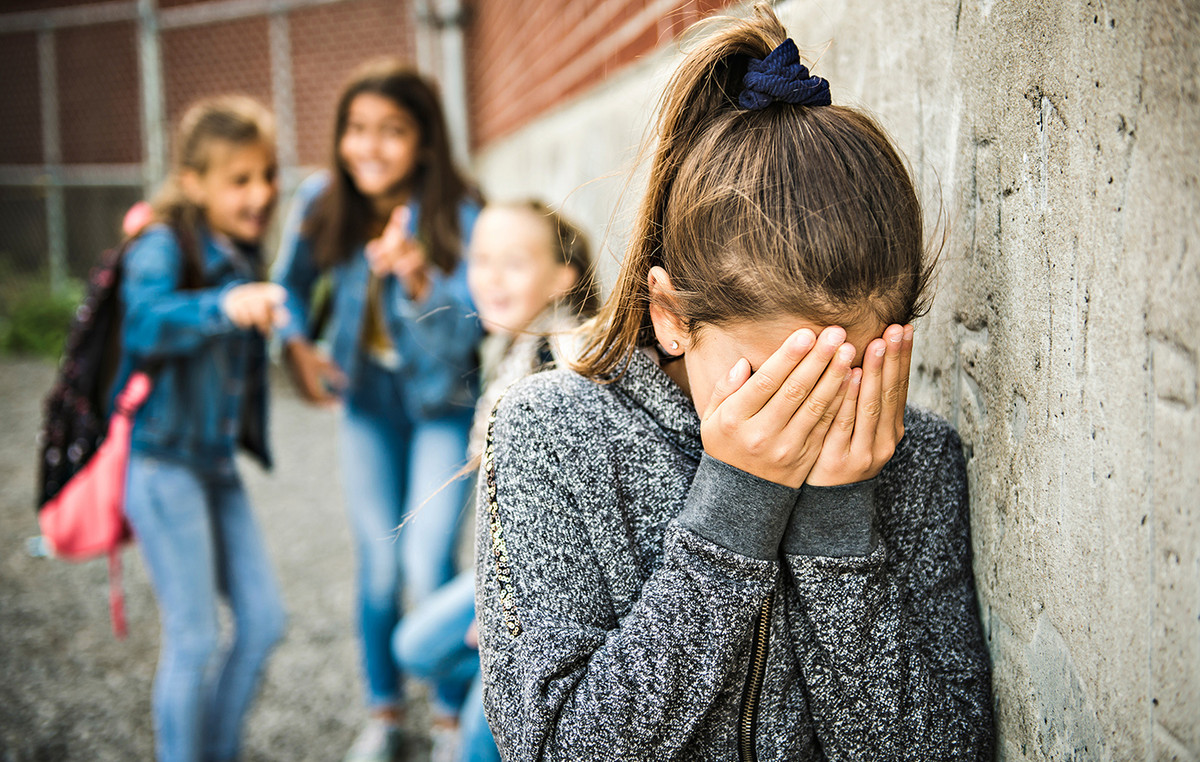You Have you ever looked at a cloud or rocks and seen the shape of an animal or a face? Or have you seen stains on a wall and identified familiar figures? That psychological phenomenon is something natural in the human brain, it is known as pareidolia and arouses curiosity in many people.
These interpretations generally occur with known shapes, such as faces, objects, animals or specific symbols. This is because our brain is programmed to quickly search for and interpret patterns, as a form of evolutionary adaptation, aiming to help us identify possible dangerous situations.
Although pareidolia is a condition common to everyone, studies indicate that people with a lot of creativity or imagination may be more predisposed to seeing shapes in random objects. Furthermore, women are more predisposed to the phenomenon.
“This occurs due to the evolution of our species: women developed greater ability to recognize faces and emotions, for the care and survival of their offspring, than men. Furthermore, the female brain engages affective and social processes better than the male brain”, explains neuropsychologist and neuroscientist Camila Campanhã.
Another factor raised by scientists that influences our brain towards pareidolia is the predisposition to believe in paranormal and religious phenomena. These beliefs make people more susceptible to seeing human faces in objects than people who are skeptical.
Additionally, experts believe that emotional and psychological conditions — such as anxiety, stress and loneliness — can also increase the perception of these forms.
Why do most people see faces?
One of the best-known manifestations of pareidolia is the identification of faces in objects or in nature. This happens because faces are one of the first shapes that human beings learn to recognize, in the first months of life.
Furthermore, there is a basic pattern of the faces that facilitates their identification. And that’s not all, inanimate objects don’t just appear to be expressionless faces, they also “sketch” facial expressions such as joy, fear or sadness.
“Detecting a human face and inferring its qualities — emotions, emotional state, intentionality, identity, etc. — is essential to prepare us for action — fight, flee or get closer. Detecting whether others could be a threat is fundamental to our survival”, adds Campanhã.
Lack of libido? Understand possible causes and see how to reverse it
This content was originally published on Do you see faces in clouds or objects? Understand the phenomenon on the CNN Brasil website.
Source: CNN Brasil
I am an experienced journalist and writer with a career in the news industry. My focus is on covering Top News stories for World Stock Market, where I provide comprehensive analysis and commentary on markets around the world. I have expertise in writing both long-form articles and shorter pieces that deliver timely, relevant updates to readers.







